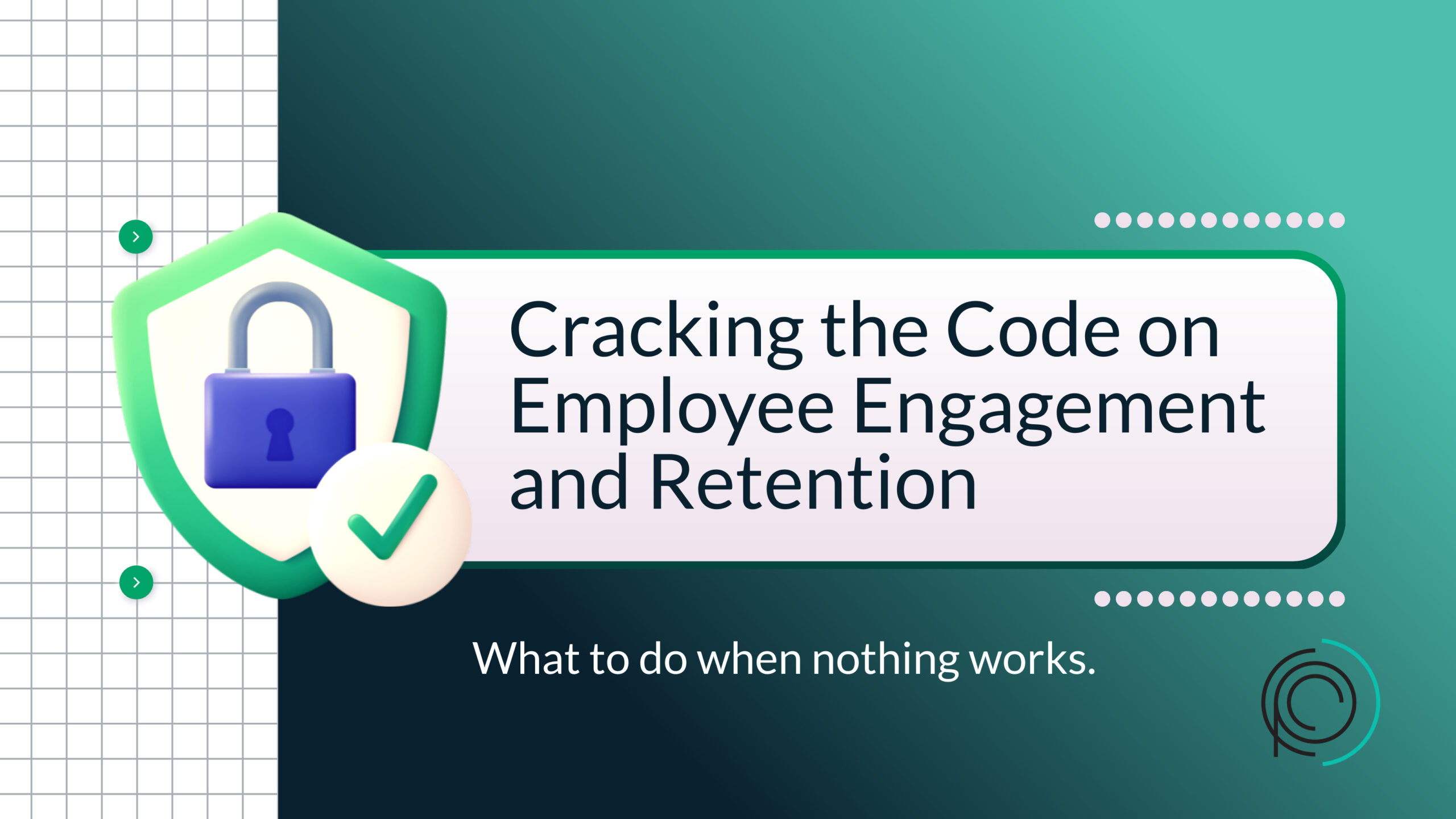Churn Demystified: The Hidden Costs of Employee and Customer Attrition
Churn is a pervasive challenge that businesses across various sectors face, one that can have profound and far-reaching consequences, impacting both customers and employees alike. It represents a critical issue where the loss of employees equates to forfeiting valuable assets that companies have painstakingly nurtured and invested significant resources in. Similarly, losing customers directly translates to diminished revenue streams and a tarnished reputation that can deter potential future business. To effectively tackle churn, it is absolutely imperative to first thoroughly understand its underlying causes and mechanisms. Gaining a deep understanding of how suboptimal business operations contribute to both employee and customer attrition is fundamental in formulating an effective response. In this article, we will delve deeper into the pivotal role that your business operations play in driving employee and customer churn. We will explore in detail how certain operational inefficiencies and oversights can exacerbate this issue, and outline comprehensive strategies to mitigate the problem and foster a more stable and loyal base.
Before delving into strategies, let’s first begin by breaking down what employee and customer churn actually entails. We will explore the different facets of churn, how to effectively calculate the number, and what leaders need to pay acute attention to in order to minimize its impact. Understanding these aspects is crucial for setting the stage for a deeper exploration of specific strategies and interventions that can be employed to combat churn effectively.
Employee churn…
Employee churn refers to the rate at which employees are leaving an organization and being replaced by new hires. It is a measure of the turnover within a company’s workforce. The churn rate is determined by calculating the percentage of employees who leave the company during a specified period, such as a year, month(s), or quarter(s). While it is normal for some level of staff turnover to occur, a high rate of churn can be detrimental and expensive for an organization. When employees constantly leave, it disrupts the stability and continuity within the workforce, resulting in increased recruitment and training costs. Moreover, high employee churn can have a negative impact on productivity and morale, as the remaining staff may feel overwhelmed or uncertain about their own job security. Therefore, organizations strive to effectively manage employee churn by implementing strategies to attract, retain, and engage employees, ultimately fostering a stable and motivated workforce.
What is customer churn?
Customer churn, much like employee churn, can prove to be quite detrimental to a company’s growth and success. In simple terms, customer churn refers to the proportion of customers who have discontinued engaging with a company’s product or service within a specific timeframe. This metric serves as a crucial indicator of customer dissatisfaction or disengagement, highlighting the need for businesses to pay close attention to their customer base and address any issues that may be causing this attrition. Customer churn can manifest in various forms, such as customers ceasing to renew subscriptions, canceling memberships, or simply opting for a competitor’s offerings. It is imperative for companies to consistently monitor and analyze their customer churn rate, enabling them to identify patterns, mitigate potential risks, and implement effective retention strategies. By proactively addressing the factors that contribute to customer churn, businesses can foster loyalty, satisfaction, and ultimately, long-term success.
Now that we have a better understanding of how both employee churn and customer churn can show up in our business let’s break down how to calculate churn and what we can do to minimize it.

To accurately measure your churn rate, it’s crucial to select a specific period for your calculations. For illustrative purposes, let’s say you’re calculating the churn rate for a given month. If you start with 10,000 customers and lose 1,000 by the end of the month, your calculation would look like this: 1,000 divided by 10,000, multiplied by 100, resulting in a 10% churn rate for that month.
Moving forward, we will explore the five critical areas that leaders need to focus on proactively to mitigate their churn rate. Addressing these areas can significantly impact your ability to retain customers and improve the overall health of your business.
Identifying and Addressing Communication Gaps:
Effective communication is the bedrock of successful business operations. Yet, communication gaps can sow the seeds of confusion and frustration among employees, ultimately culminating in churn. When employees feel unheard or undervalued in their workplace, they may seek greener pastures elsewhere. Similarly, inadequate communication with customers can lead to dissatisfaction with your products or services, prompting them to switch to competitors. To mitigate churn, it is essential to bridge these communication gaps within your organization. Foster open channels of communication and actively listen to the concerns of both employees and customers.
Providing Comprehensive Training and Support:
Offering comprehensive training and support is crucial for new employees to develop proficiency in their roles. Insufficient training or a lack of support can make employees feel unprepared and undervalued, resulting in high turnover rates. Additionally, customers may switch to competitors if they struggle to use your products or services effectively or if their concerns are not addressed. To prevent customer churn, it is important to provide comprehensive training, support, and resources to employees. Actively seek customer feedback and take proactive steps to address their concerns.
Streamlining Processes and Procedures:
Complex or outdated processes and procedures can be detrimental to business efficiency and hinder its overall success. When employees are confronted with convoluted or unnecessary procedures, frustration can quickly set in, leading to a decrease in productivity. The frustration may also extend to customers who may have to navigate through these complicated processes, resulting in a poor customer experience.
As a result, high turnover rates can become a prevalent issue within the organization. Employees who constantly encounter redundant or cumbersome tasks may become disengaged and ultimately seek opportunities elsewhere. This turnover not only disrupts the stability of the workforce but also incurs significant recruitment and training costs for the business.
To tackle these challenges, businesses should strive to simplify their processes. Streamlining operations can greatly contribute to employee satisfaction, as they can focus more on value-added tasks rather than getting bogged down by inefficient procedures. When employees feel that their workload is manageable and their efforts are impactful, they are more likely to be motivated and committed to the success of the organization.
Simplifying processes can lead to an enhanced customer experience. By eliminating unnecessary steps or complications, businesses can ensure a smoother and more efficient service for their customers. This, in turn, cultivates loyalty and satisfaction among the customer base, which are crucial factors for long-term success.
Ultimately, the pursuit of simplicity and efficiency creates a positive cycle for a business. Employees who are satisfied and engaged in their work produce higher-quality outputs, improve customer service, and contribute to the overall success of the organization. Consequently, this success further reinforces employee satisfaction, reduces turnover, boosts customer loyalty, and ultimately ensures the prosperity and longevity of the business.
Prioritizing Employee and Customer Satisfaction:
Unbeknownst to many, the happiness of employees directly correlates with customer satisfaction, and contented customers tend to be more loyal. Neglecting either of these aspects can contribute to churn. Unhappy employees may inadvertently provide subpar customer service, leading to disgruntled customers. Prioritize employee satisfaction by cultivating a conducive work environment, establishing clear job expectations, and offering competitive compensation. Simultaneously, prioritize customer satisfaction by delivering high-quality products or services, offering prompt customer service, and personalizing interactions. Grant your team the autonomy and flexibility to address customer concerns and regularly solicit feedback from your team regarding customer issues.
Continuously Improving Your Operations:
To effectively combat employee and customer churn, continuous improvement is crucial. It requires consistently evaluating and reevaluating your business operations and processes to identify any areas that could benefit from enhancement. By doing this regularly, you can stay aware of evolving trends, technologies, and customer expectations – all of which are essential for remaining competitive within your industry. Seeking feedback from various sources, such as employees, customers, or quality assurance teams, can provide invaluable insights into areas that need attention and improvement. By actively listening to these stakeholders, you can ensure that your business operations remain up-to-date, efficient, and aligned with the needs and preferences of your employees and customers. Ultimately, by embracing continuous improvement, you can minimize employee turnover, enhance customer satisfaction, and maintain a strong position in the market.
Employee and customer churn can have severe consequences for a company, both in terms of its reputation and financial stability. High churn rates are often a result of poor business operations, which highlights the need for proactive measures to address the issue. By implementing effective strategies to mitigate churn, numerous benefits can be achieved for the brand, employees, and customers alike. This can be accomplished through various means, such as improving communication within the organization, providing comprehensive training and support to employees, streamlining processes for greater efficiency, and prioritizing the satisfaction of both employees and customers.
Additionally, continuously striving for improvement and addressing the root causes of churn can not only reduce turnover but also foster a positive work environment, retain valuable talent, retain loyal customers, and enhance the company’s position in the market. If you are seeking assistance in reducing turnover rates, our team of experts is well-equipped to identify underlying causes and provide effective solutions.
Still have questions? Don’t hesitate to book a consultation with one of our professionals today and take the necessary steps towards improving your business operations.







